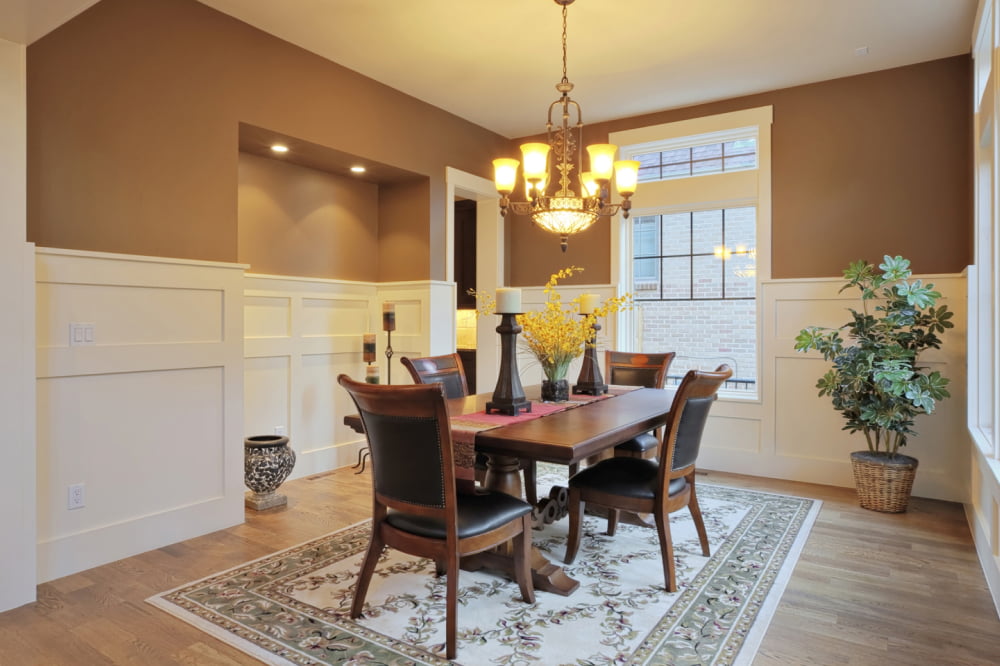
6 common home lighting mistakes to avoid
Bad lighting can break the functionality and ambience of a home, while good lighting elevates it. Some common home lighting mistakes can be addressed by simple research and maybe some advice from a professional. It is important to consider the three types of lighting—accent, ambient, and task—when choosing lighting options for the home. Here are six mistakes that are quite common when it comes to choosing home lighting and should be avoided.
Installing recessed lighting
High ceilings are impressive enough; cramming them with recessed lighting is unnecessary. It tends to make the room look dull and uninviting, not to mention it only serves the purpose of ambient lighting, making it quite non-functional. If creating a warm, cozy, and functional vibe is the agenda, don’t depend on recessed lights alone. Use scones for the walls, floor lamps for corners, and chandeliers or pendant lights for the ceiling to give the room character.
Not considering task lighting
While ambient and accent lighting add to the allure and feel of the room, task lighting is the more functional aspect of lighting. Illuminating the kitchen or workspace with direct lights, bright enough to avoid shadows or dark spots, is called task lighting. These can be achieved in reading corners by adding floor lamps and pendant lights, and under-cabinet lighting or track lights for kitchen spaces.
Picking the wrong size
Chandeliers and pendant lights look great, but only the right size will be functional and make an impact. Too large and it will look out of place in a room; too small and it will be pointless and just a bauble. Measure the room, the ceiling height, and the lighting option. Seek advice from a professional if necessary, and then go ahead and pick the perfect one.
Not choosing layers
Layering doesn’t just work for clothing. It works beautifully when lighting up a home too. Choose recessed lights around the perimeter, overhead lights as the main source, pendant lights for a little ambient lighting, and some nightstand lamps for reading in the bedroom to ensure enough diversity and avoid one-dimensional lighting.
Not taking advantage of natural light
Neglecting to factor in natural light is one of the most common home lighting mistakes. Ensure all artificial lighting complements the sunlight coming into all the areas of the home.
Not using LEDs
LEDs are more durable and consume less electricity, making them an energy-efficient alternative to incandescent bulbs. LEDs also provide cooler colors and are easier and sturdier to install.







